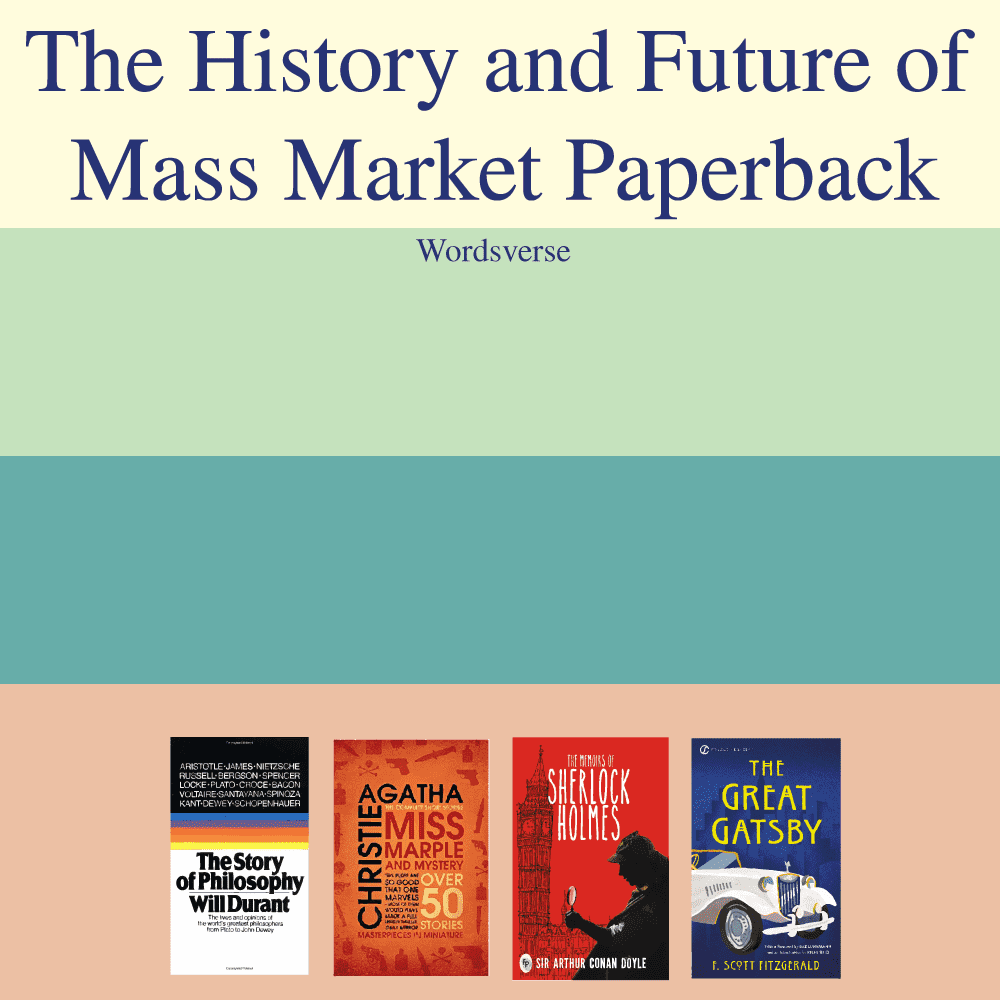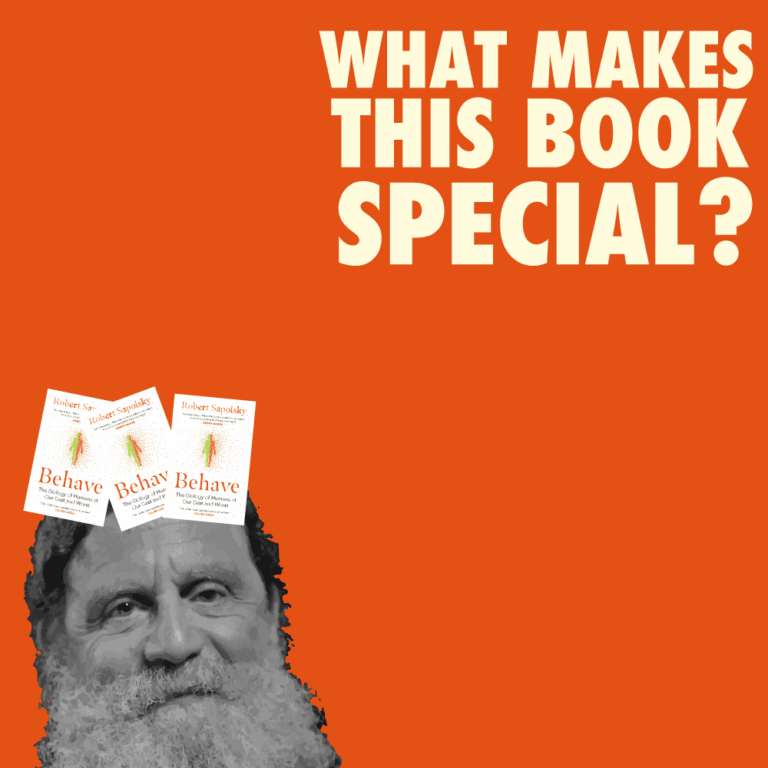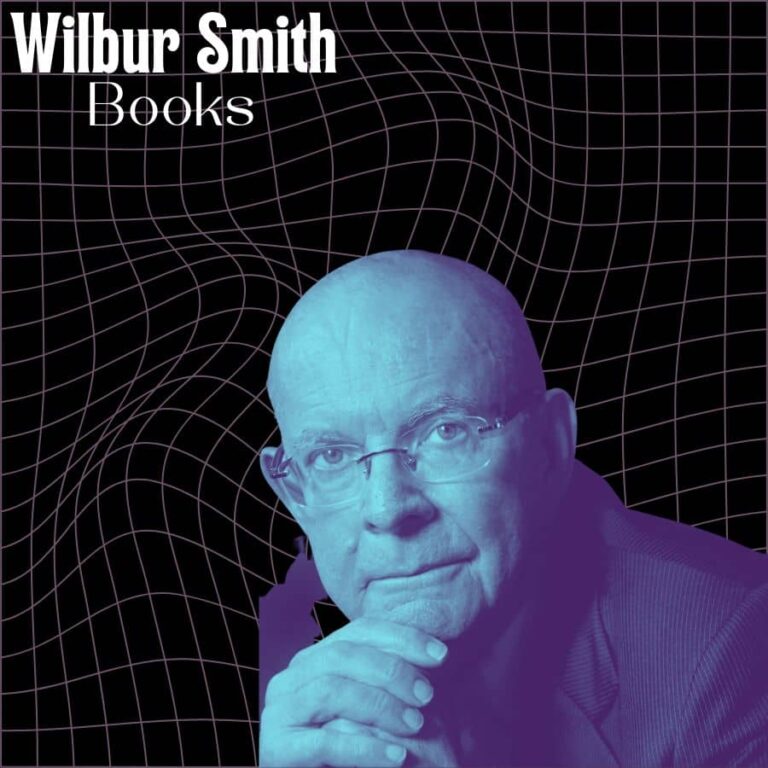Books are a part of everyone’s life, whether you like reading or not. And even if you are not a reader, visiting a bookstore is one hell of an experience. The varieties of books on display, hardback books, paperback books, comics, etc are a visual extravaganza. Amongst these books, you might also find a very specific type of book, small, compact, and very cheap. These books are called mass market paperbacks and this article will talk about those books.
Mass market paperbacks are books made for the masses. Obviously, you don’t need to be Sherlock Holmes to figure it out as the name gives it away, but what was the point of this book format? Before we get into the history and future of this book format, let’s look at the characteristics of the mass market paperback:
How to identify a mass market paperback
The size of a mass market paperback books may vary depending on the publisher and the story genre, but the general dimension is 4 inches X 7 inches. Some books may be a quarter of an inch smaller or larger than this dimension but never more than that. Mass market books are also called pocketbooks due to the small size. For comparison, the US standard for trade paperback is 6 inches X 9 inches. The smallest book you see in a bookstore is usually the mass market edition.
The quality of the book cover and the pages is not very good in mass market paperback. In normal paperback books like trade paperbacks (the “normal” paperback) and hardcover books, the pages are acid-washed, making them white and clean. Mass market books have low-quality pages to keep the cost low.
The print quality in mass market paperbacks is also bad, but this does not apply to all mass market editions. The print quality depends majorly on the publication and the author/story. I have seen and owned some mass market paperback with brilliant print quality; legible fonts, crisp print, and well-spaced texts that do not give seizures.
I have also seen (and not owned, because who would?) some MMP with abysmal print and page quality. These books are usually the ones that are churned by authors every month. Thrillers, murder story or erotica with not much work put into it, and the titles go like this; Paint me with Blood, His Magic Wand, Seductress Exorcist, alright that’s enough, you get the point.
Lots of unfamiliar names are usually on mass market paperback books. This is because publishers keep the higher quality hardcovers and paperbacks for established authors with popular titles which ensures them sales. New authors are a gamble and they don’t want to bet too much. Since the mass market paperbacks are cheaper to make and has better reach, they use this format for new authors. The downside is that most of the new stories in these books would be mediocre.

Is mass market paperback going extinct?
Mass market paperbacks were very successful when they were first launched, in the late 1930s. Their popularity kept rising for almost a century. It isn’t difficult to see why. In a time when books were a luxury to afford, MMPs made them cheap, easily available, and very easy to carry and store. These advantages were the reason why people loved mass market paperbacks despite their inferior quality. But things have changed.
In the years around 2010, there was an explosion of e-books and e-book readers. People loved this new medium of reading because these ebook readers were relatively cheap, great to read and an abundant library of books to choose from. Not just mass market paperbacks, but the sales of physical books were hit. But the worst hit was of the mass market paperback. Here’s why.
Reasons why mass market paperback is failing
The MMP format of books is on the brink of a fall with sales going down and down and publishers considering making them into a relic of the past. But what causes this disaster? This cheaply available book format was once the reason for the success of many publication houses and authors. The one main reason for its fall was it stood in the middle of the highway and ebooks ran over it.
Mass market paperbacks were relatively poor in quality, both in build and print. It is small in size and many would say that reading a stiff, small book is not a great experience. But since they were very cheap and easily available, people liked it. Ebooks changed that completely. Ebooks were everything mass market paperbacks were but even better.
Ebooks are cheaper than the mass market paperback, you don’t have to go to the bookstore to buy one. Just open an app and you’ll have the book in your device in mere seconds. These ebooks also hardly take any space in your device’s storage. So why would you buy MMPs when you are getting something better for a cheaper price? This is why mass market paperbacks are dying.
The history and future of mass market paperbacks
Mass market paperbacks first came into the publishing world in 1931 in Germany. It was the idea of Kurt Enoch to make cheaper paperback books that could be produced for the masses. He started a company called Albatross and published books in this format. And it was very successful. Since these books were small and light, they can be hung on a wire and showcased anywhere. These books became available in railway stations, grocery stores, and even on roadside stands.
Seeing the success of this new format and with the development in the printing process, Allen Lane started producing books similar to Albatross books with a similar logo and name for the company; Penguin. We are all familiar with this publishing house. Penguin’s paperbacks were a massive success. But what about the future of this format? Is there any redemption?
Perhaps. Some innovations are sorely needed in the physical book industry. Publishers such as Harlequin have introduced a new size of mass market paperback that sits between normal paperback and traditional mass market paperback. To me, mass market paperback has a well-defined space in my heart. I like the small and compact size and even if the quality is not great, there is something endearing about it. What about you?
This concludes the article. While you are here, how about reading a little more? Here are some articles related to this topic that you definitely will like. Take a look:







